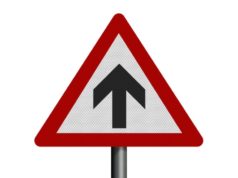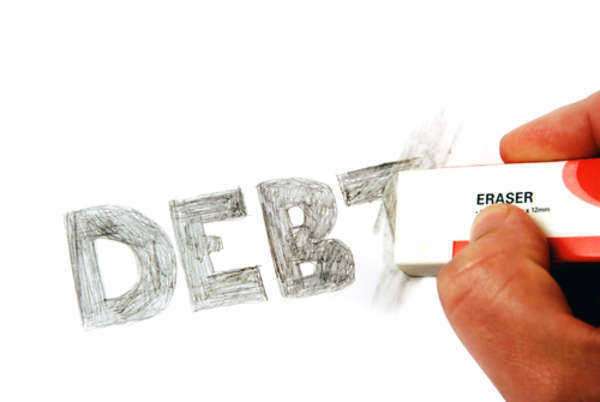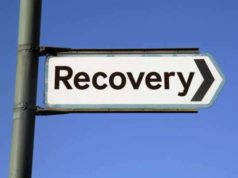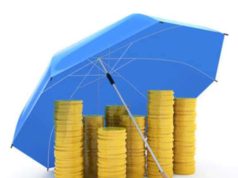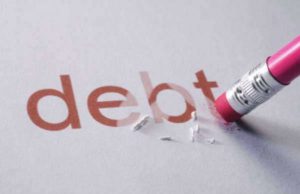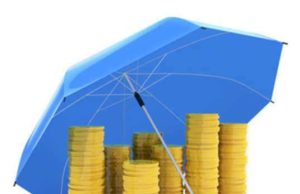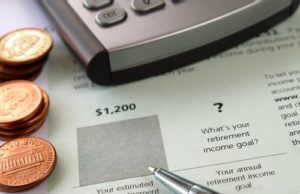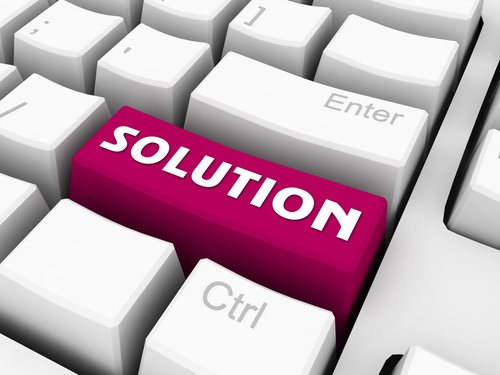
Easy to follow debt solutions have become more popular in recent years, especially with the growing number of people who have found themselves drowning in debt. The stress of trying to keep up with bills while also paying off debt can be overwhelming, but there are ways to find relief. In this article, we will discuss various easy-to-follow debt solutions that can help to alleviate financial stress.
Introduction to Debt Solutions
Debt is defined as money that is owed or due. It can be accrued from a variety of sources, such as credit cards, student loans, and personal loans, to name a few. People usually take on debt to afford everyday expenses or make large purchases such as homes and cars. However, debt can quickly spiral out of control, leading to overwhelming financial stress.
There is no one-size-fits-all solution to debt problems, but knowing the available options can help you determine the best course of action for your situation. There are many easy-to-follow debt solutions available that can help you get out of debt. The following sections will outline some of these solutions and explain how they work.
Budgeting
The first and most crucial step in managing debt is budgeting, which involves understanding and managing your income and expenses. A budget will help you to see where your money is coming from and how it is being spent. It can also be used to identify areas where you may be overspending and where you can cut back.
The first step in creating a budget is to list all your income sources, including your salary, bonuses, and any passive income, such as rental income or dividends. Next, list all your expenses, including rent or mortgage, utilities, transportation costs, food, and entertainment. You can use various budgeting tools available online to help you track your expenses and stay on top of your budget.
Reducing Expenses
One of the most effective ways to get out of debt is to reduce your expenses. This can be done in many ways, such as cutting back on eating out, entertainment expenses, and transportation costs. You can also switch to a cheaper phone plan or bundle services to save money.
Another option is to negotiate with service providers to get a lower rate. For instance, you can negotiate with your cable or internet provider to get a lower rate or switch to a more affordable provider if available.
Debt Consolidation
Debt consolidation is an easy-to-follow debt solution that involves combining multiple debts into a single loan. It allows you to make a single payment each month instead of making multiple payments.
Debt consolidation can be done in many ways, such as taking out a personal loan or opening a credit card with a 0% introductory interest rate. Using a balance transfer credit card can help you to save money on interest payments and reduce your overall debt faster.
However, it is essential to consider the fees associated with debt consolidation before opting for it. You must ensure that the fees do not negate the benefits of consolidating your debt.
Debt Settlement
Debt settlement involves negotiating with creditors to settle your debt for less than what you owe. It can be an effective debt solution for people who are unable to make their monthly payments and are at risk of defaulting.
Debt settlement companies negotiate on behalf of their clients to reduce the amount owed to creditors. The negotiated amount is paid as a lump sum to the creditor, and the remainder of the debt is forgiven.
However, debt settlement can have a negative impact on your credit score, and it does not guarantee debt relief. It is essential to work with a reputable debt settlement company and understand the risks associated with it.
Bankruptcy
Another option for individuals struggling with debt is filing for bankruptcy. Bankruptcy allows individuals to discharge their debts and start afresh financially. There are two types of bankruptcy filers can opt for- Chapter 7 and Chapter 13.
Chapter 7 bankruptcy involves liquidating assets to repay creditors. It is ideal for individuals with low income and few assets. Chapter 13 bankruptcy involves creating a repayment plan to pay off creditors over time. It is ideal for individuals with income and assets who are struggling to keep up with their debt payments.
However, bankruptcy comes with many consequences, such as a significant impact on credit score and potential loss of assets. It is essential to consult a bankruptcy attorney and understand the implications before opt-in for bankruptcy.
Conclusion
Debt can be a significant source of stress in our lives. However, there are many easy-to-follow debt solutions that can help to reduce and eliminate debt. The key is to find the best solution for your situation and execute it diligently.
Budgeting, reducing expenses, debt consolidation, debt settlement, and bankruptcy are some of the easy-to-follow debt solutions available. By implementing one or a combination of these solutions, individuals can find relief from the financial stress of debt.
It is essential to remember that debt problems do not disappear overnight. It requires commitment, discipline to follow through on the chosen solution, and the patience to stick with the plan until success is achieved. The most important factor in getting out of debt is to take action and start the journey to financial freedom.
When an individual is overwhelmed by extensive debt, he/she must employ a successful solution to better manage this debt. There are a number of different options available to consumers who acquire unmanageable debt.
If an individual is paying a high interest on his/her credit card debt, he/she may wish to initiate a credit transfer, which will transport his/her debt to a new credit card with a lower interest rate. If an individual has a number of credit cards, he/she can consolidate his/her credit card debt onto one card, so that he/she is only paying interest on one card, as opposed to many. An individual can also choose to refinance his/her home mortgage.
If a consumer is not able to meet his/her monthly payments, he/she may be able to lower his/her payments by speaking with his/her lender. If all other options fail, an individual can petition for bankruptcy. The bankruptcy problems will dissolve his/her debt, so he/she is no longer responsible for this debt. However, bankruptcy will adversely affect his/her credit for a significant period of time.





